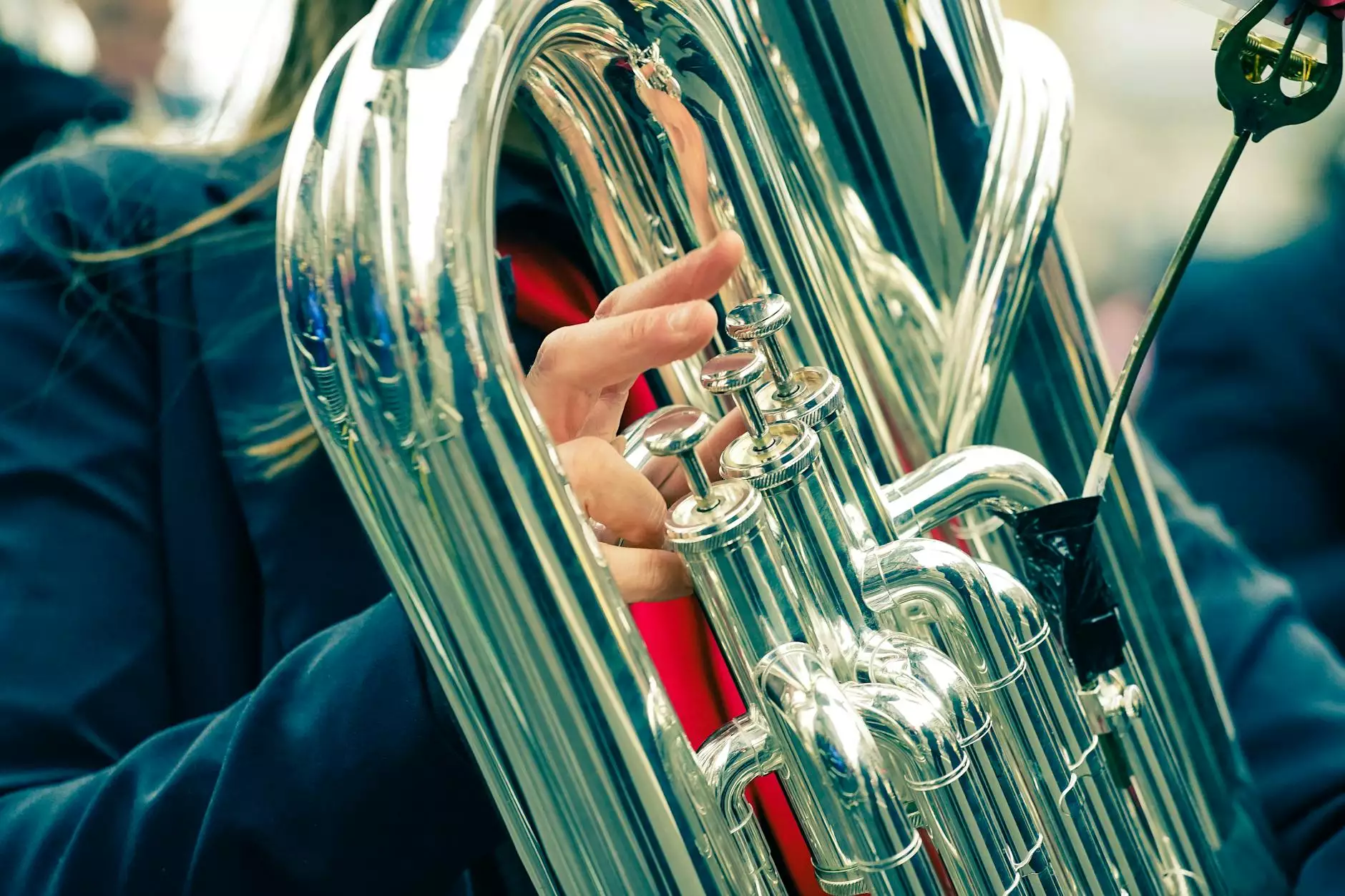Understanding External Rotation of the Shoulder

The shoulder joint is one of the most versatile and complex joints in the human body. Its range of motion allows for various activities, from simple daily tasks to complex athletic movements. Among the various motions that the shoulder can perform, external rotation plays a crucial role in maintaining functionality and preventing injuries. In this extensive guide, we will delve deep into the mechanics of external rotation of the shoulder, its benefits, and strategies for enhancing this motion.
What is External Rotation of the Shoulder?
External rotation of the shoulder refers to the movement of the upper arm bone (humerus) away from the body. This motion occurs in a way that the shoulder joint rotates outward, positioning the arm in line with the torso. The muscles predominantly responsible for this movement include the infraspinatus, teres minor, and the posterior deltoid.
The Importance of External Rotation
Understanding the importance of external rotation is vital for individuals involved in sports, fitness, and rehabilitation. Here are several key points to consider:
- Injury Prevention: Adequate external rotation strength can protect the shoulder from injuries, especially during overhead activities.
- Improved Performance: Athletes, especially those in sports requiring overhead motions, benefit significantly from enhanced external rotation.
- Posture and Stability: Proper shoulder rotation contributes to overall body posture, stability, and biomechanics. It aids in aligning the shoulder girdle, spine, and pelvis.
- Rehabilitation: After injury or surgery, focusing on external rotation can restore function and strength.
Muscles Involved in External Rotation
Several muscles work in concert to facilitate the external rotation of the shoulder. Understanding these muscles can help develop targeted exercises:
- Infraspinatus: This muscle is a part of the rotator cuff and is primarily responsible for external rotation.
- Teres Minor: Another rotator cuff muscle that assists in the external rotation of the shoulder.
- Posterior Deltoid: Plays a role in moving the arm backward, aiding in external rotation.
- Supraspinatus: Though primarily involved in abduction, it assists in stabilizing the shoulder during rotation.
Biomechanics of External Shoulder Rotation
The biomechanics of external shoulder rotation involve complex interactions of bones, joints, and muscles. The shoulder joint can be best understood through the following aspects:
Movement Patterns
External rotation typically occurs as the arm is abducted (lifted away from the body) or in conjunction with internal rotation. The motion can be broken down into:
- Isolated external rotation: Arm is held at 90 degrees of abduction with the elbow flexed, rotating externally.
- External rotation during abduction: The shoulder externally rotates as the arm is lifted above the head.
Joint Mechanics
The glenohumeral joint (the ball-and-socket joint between the humerus and scapula) is pivotal in this movement, allowing extensive mobility. The labrum (cartilage ring) stabilizes the joint, while the rotator cuff muscles maintain its biomechanics during external rotation.
Common Injuries Related to External Rotation
Due to the high demands placed on the shoulder during movements requiring external rotation, several injuries can occur:
- Rotator Cuff Tears: Injuries to the rotator cuff can impair external rotation, leading to pain and restricted motion.
- Shoulder Impingement: Compression of shoulder structures can limit external rotation and lead to pain during overhead activities.
- Labral Tears: Injuries to the shoulder labrum can impact stability and functional movement.
Testing for External Rotation
Assessing external rotation is essential in clinical settings, especially when addressing shoulder dysfunction. Common tests include:
Shoulder External Rotation Test
With the patient in a neutral position, therapists can manually assess the range of motion by guiding the arm into external rotation. A measure of degrees is typically taken using a goniometer.
Functional Movement Test
Sports-specific movements can highlight deficits in external rotation. For instance, athletes may undergo athletic assessments where they perform shoulder abduction and rotation under controlled conditions.
Enhancing External Rotation of the Shoulder
Improving shoulder external rotation involves targeted exercises aimed at strengthening relevant muscles and increasing flexibility. Here are several effective strategies:
Strengthening Exercises
Strengthening the muscles contributes significantly to better external rotation. Recommended exercises include:
- External Rotation with Resistance Band: This exercise helps isolate the external rotators. Secure a band at elbow height, hold the other end with your arm bent at 90 degrees, and rotate your arm outward against the band's resistance.
- Face Pulls: Using a cable machine, pull the rope towards your face while keeping your elbows high. This exercise works both external rotators and the upper back.
- Side-Lying External Rotation: Lying on your side with a dumbbell, rotate the arm upward from a 90-degree position at the elbow. This directly targets the rotator cuff muscles.
Stretching and Mobilization Techniques
Flexible muscles are crucial for optimal external rotation. Suggested stretches include:
- Cross-Body Shoulder Stretch: Pull your arm across your body with the opposite hand to stretch the shoulder's posterior and lateral aspects.
- Towel Stretch: Hold a towel behind your back with one arm and reach over your shoulder to pull the towel down with the other arm, stretching the internal rotators.
Conclusion
The implication of external rotation of the shoulder extends into various health and medical fields, particularly within chiropractic and physical therapy practices. Understanding the mechanisms, benefits, and injury prevention strategies surrounding this crucial movement can lead to improved outcomes for individuals seeking to enhance their shoulder health. By incorporating targeted strengthening and flexibility exercises into the routine, individuals can optimize their shoulder function, paving the way for a more active, pain-free lifestyle. Whether you are an athlete, a fitness enthusiast, or someone recovering from an injury, a focus on external shoulder rotation can make a significant difference in your overall shoulder health and functionality.
Consulting Professionals
For those experiencing discomfort or limitations in shoulder mobility, consulting with professionals such as chiropractors or physical therapists can provide personalized assessments and guided rehabilitation goals. These specialists can offer insights tailored to individual needs, ensuring that strategies enhance external rotation of the shoulder safely and effectively.
Incorporate your knowledge about external shoulder rotation into your routine, and you'll not only enhance your performance but also protect the integrity of your shoulder joint!
external rotation shoulder








